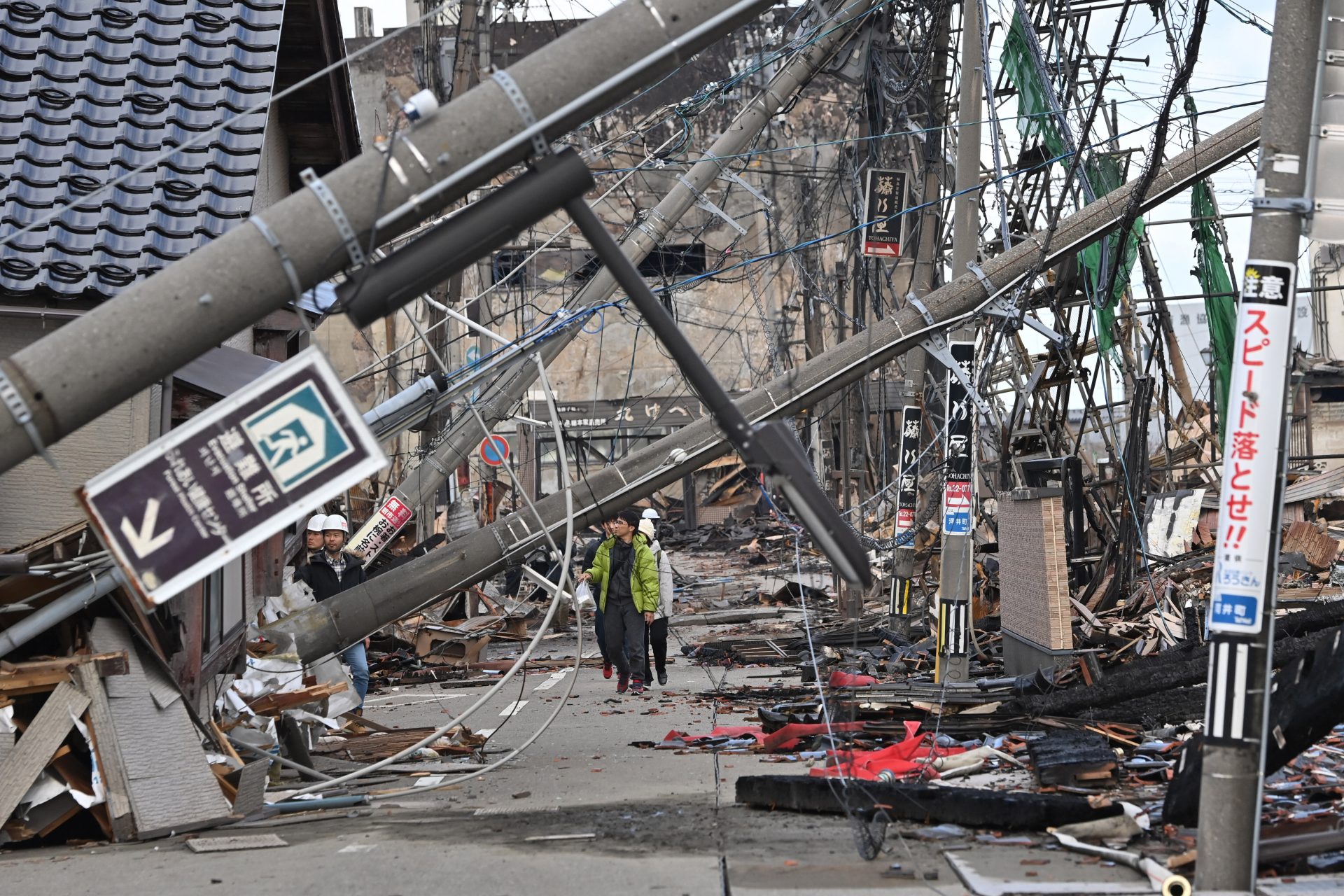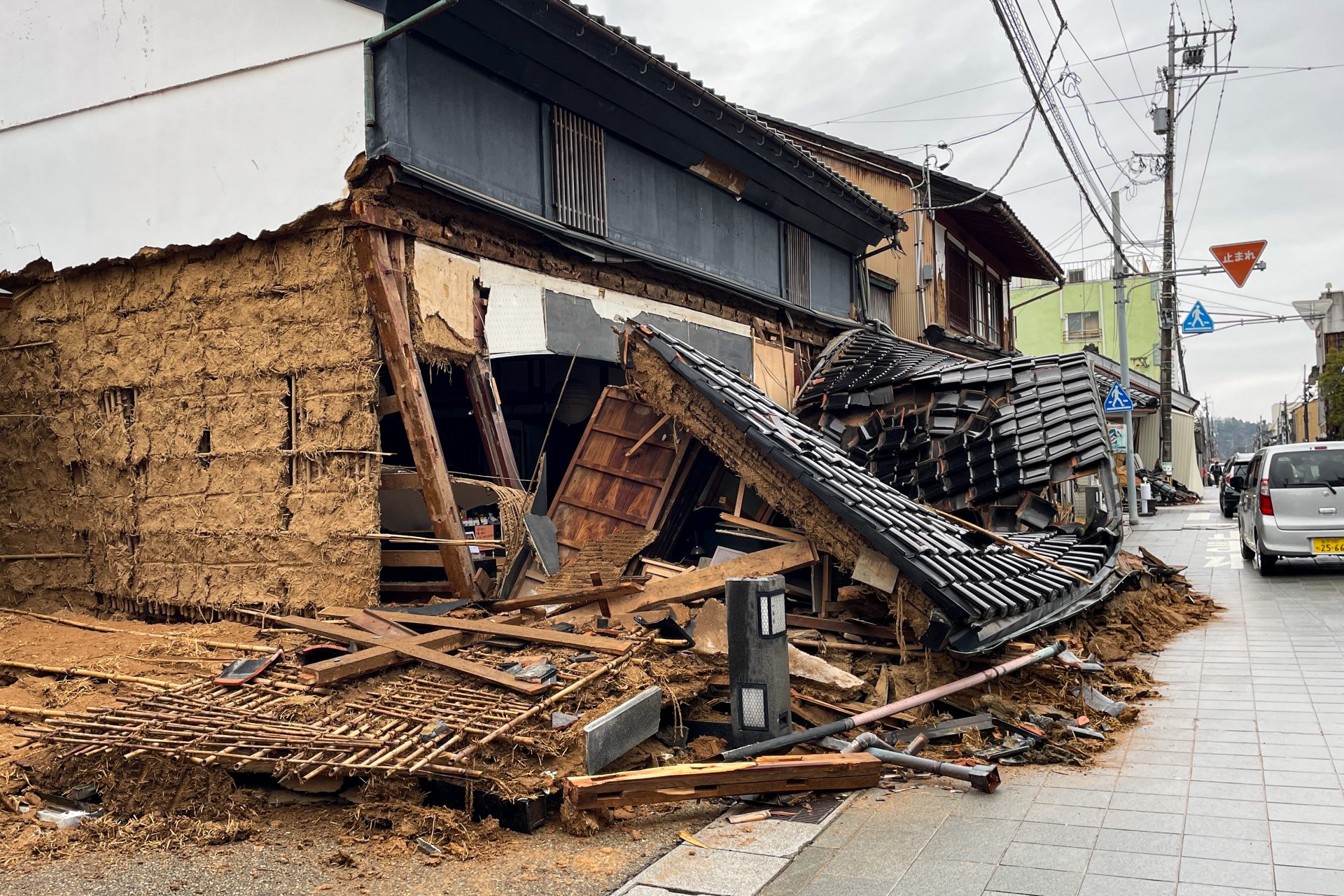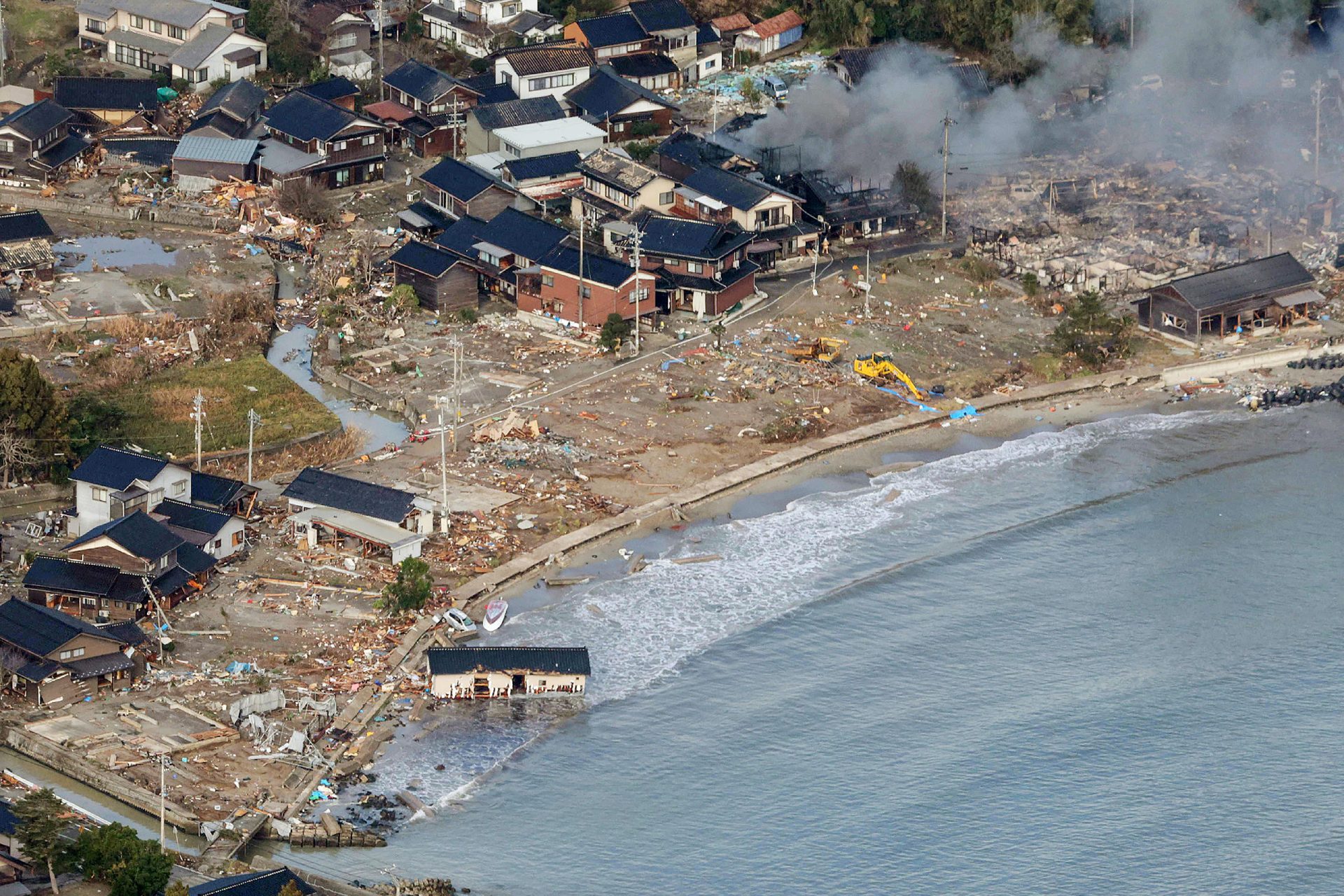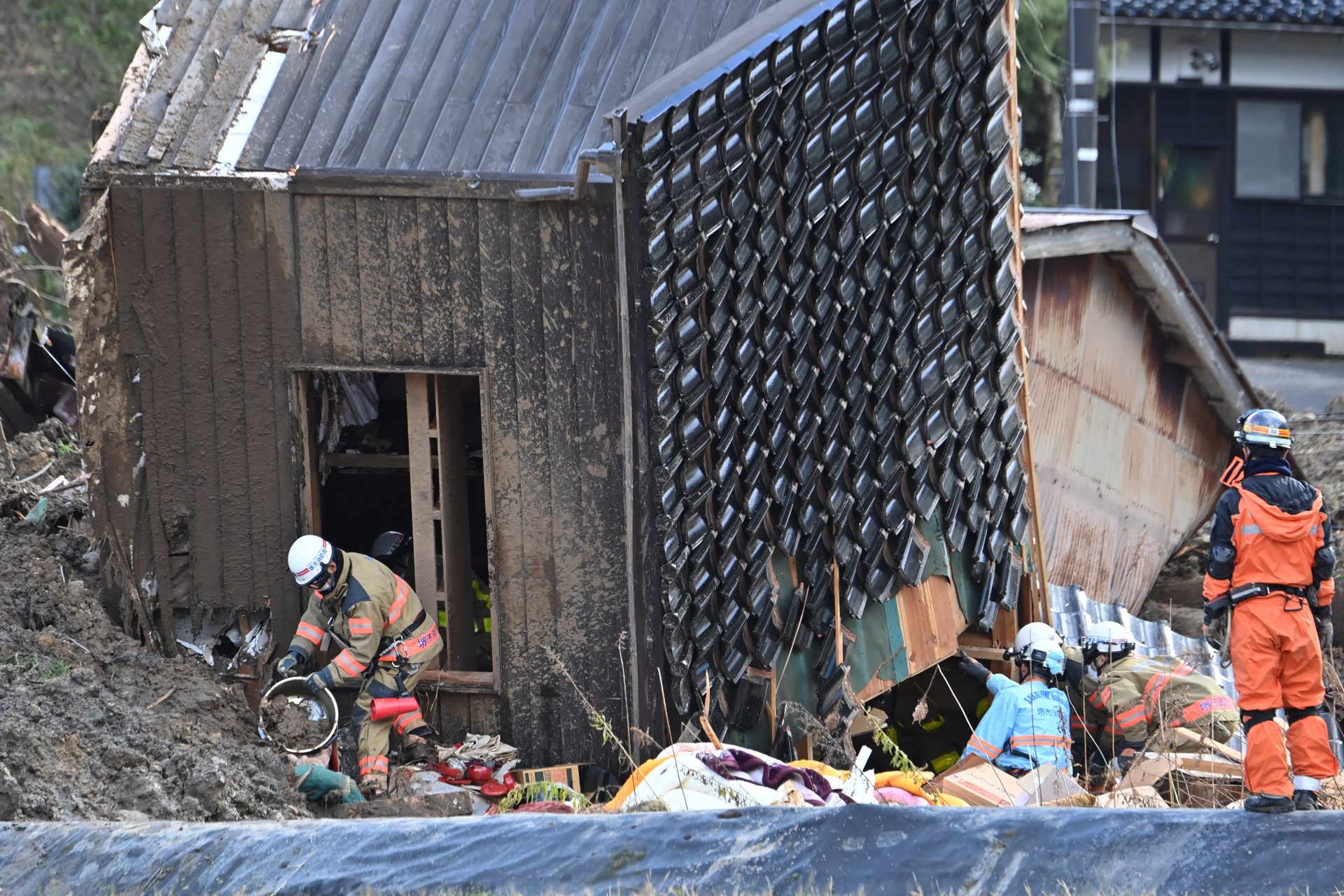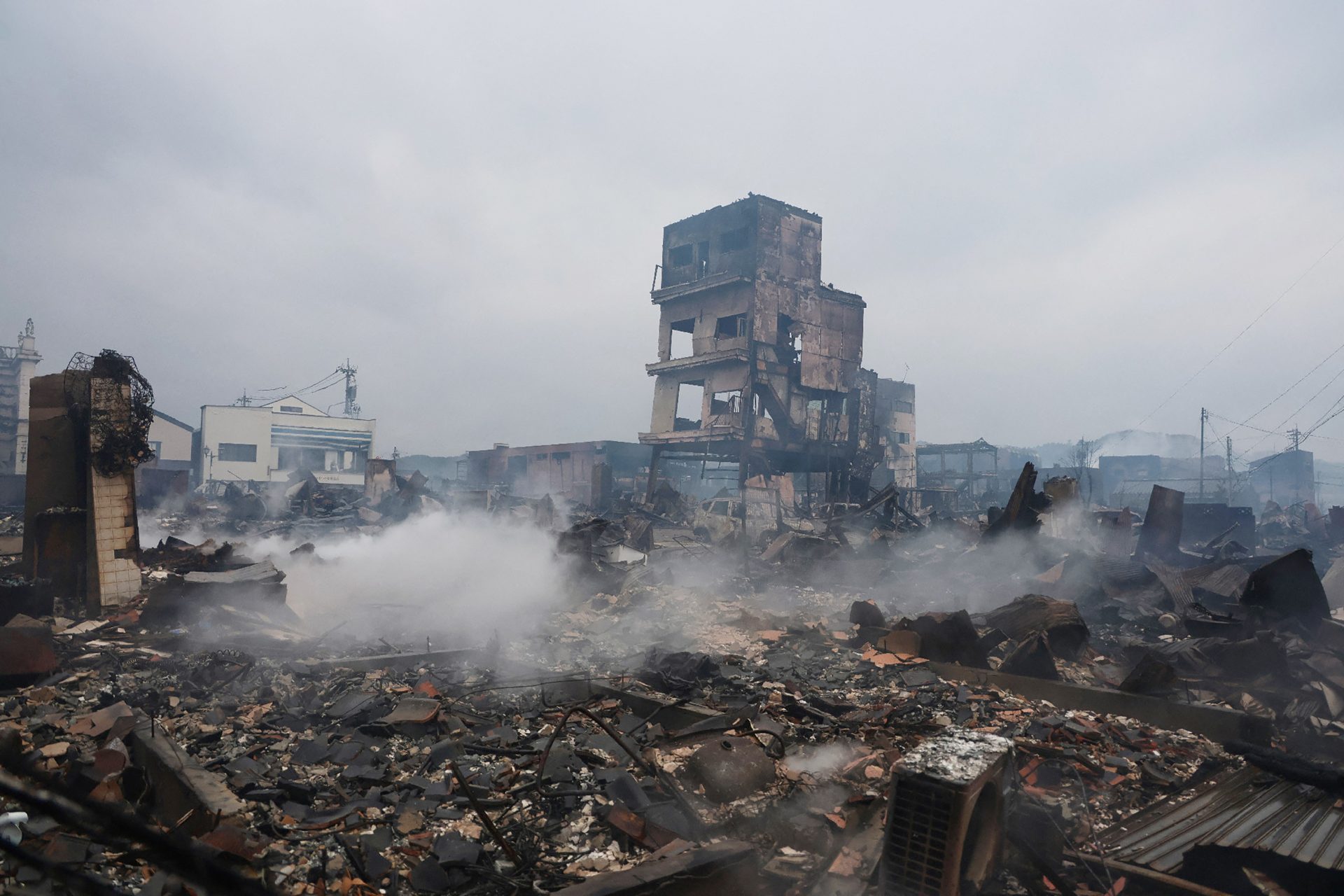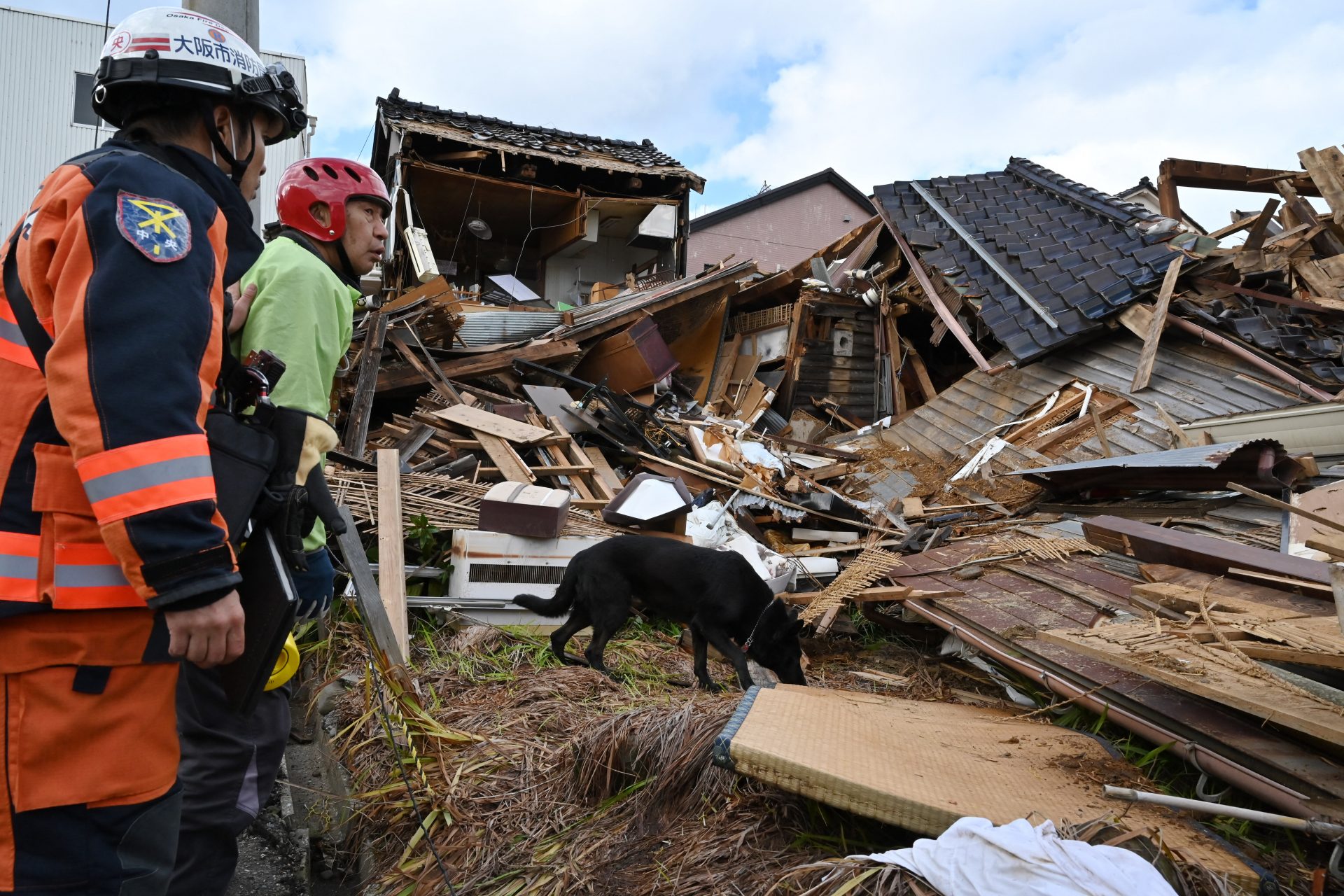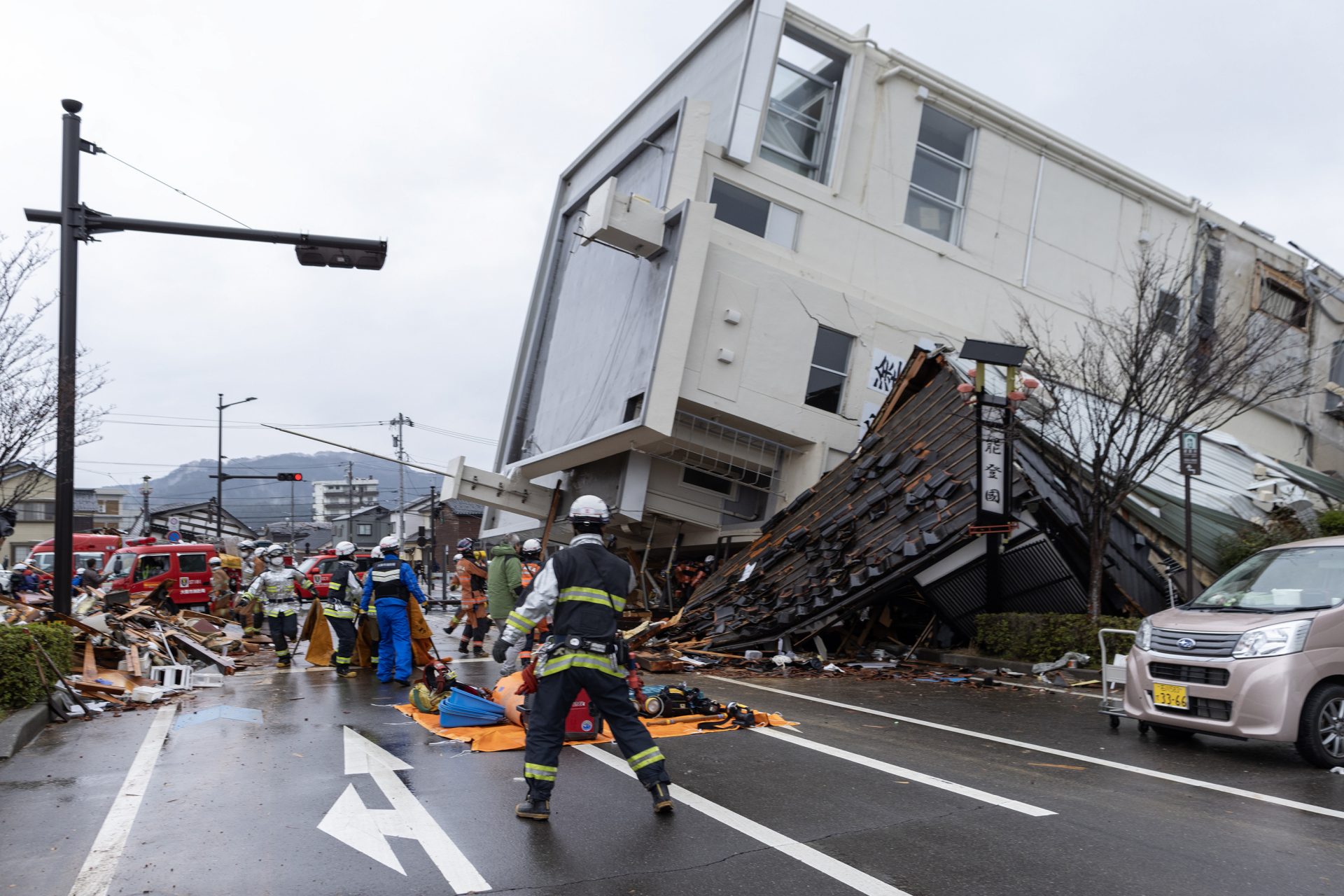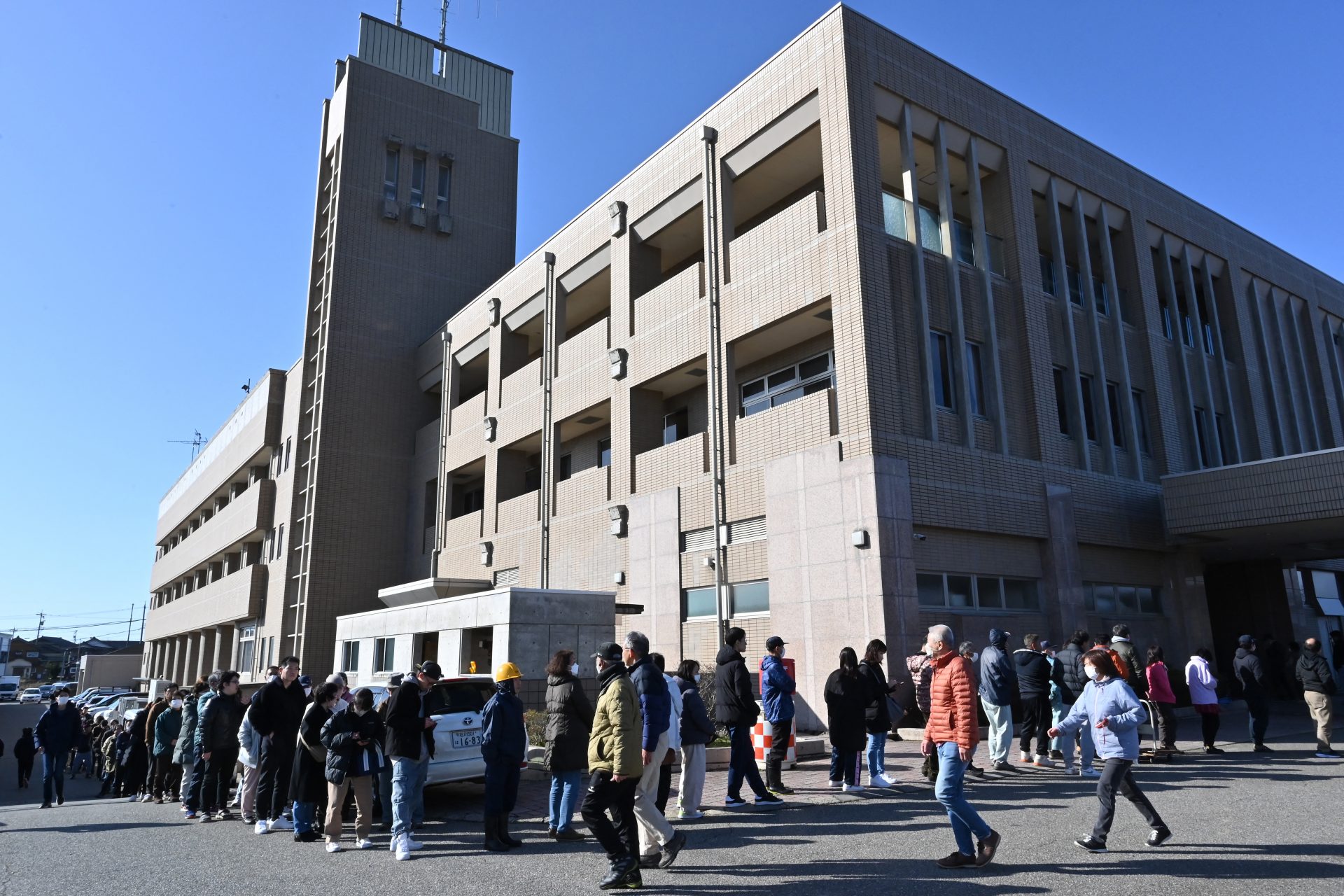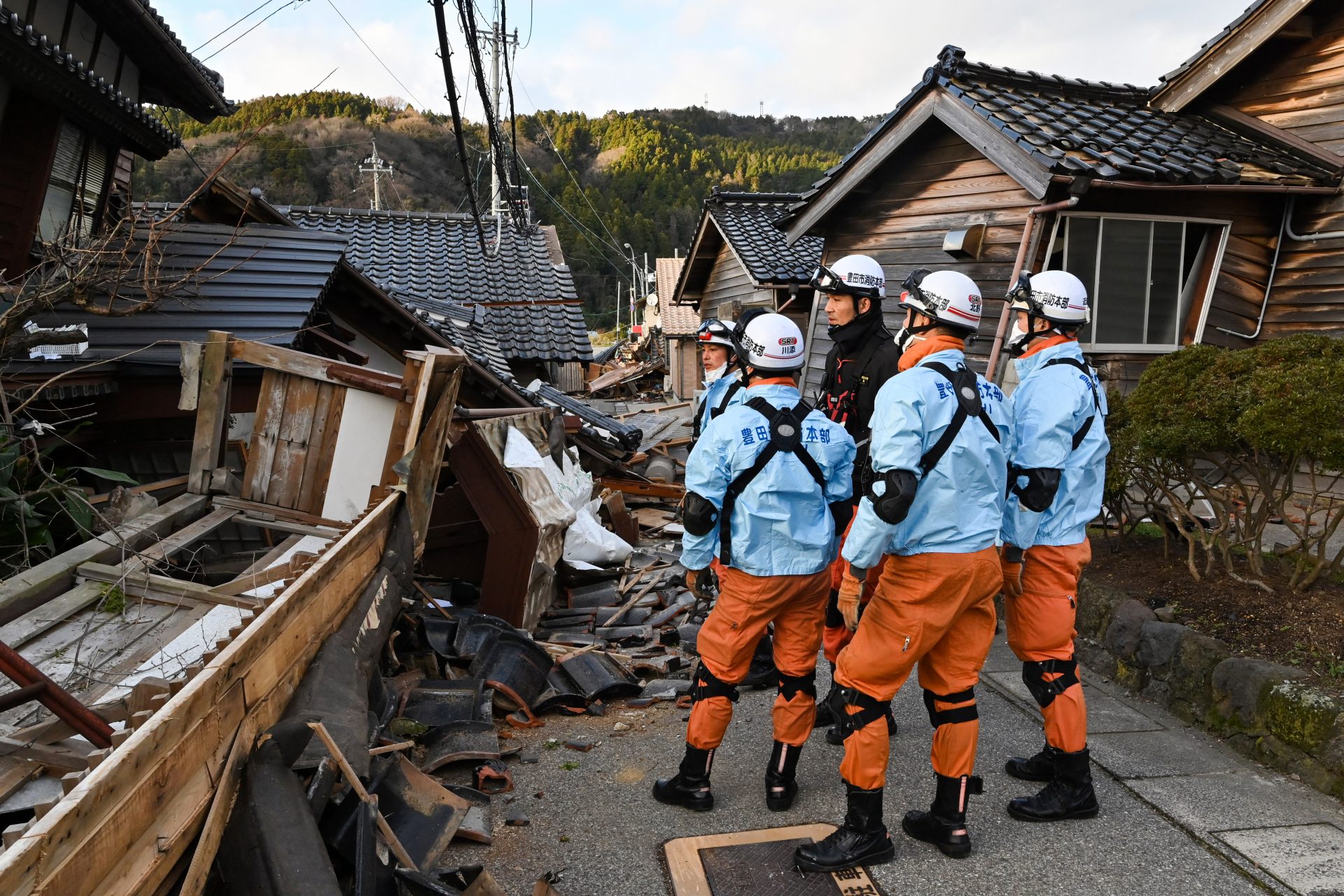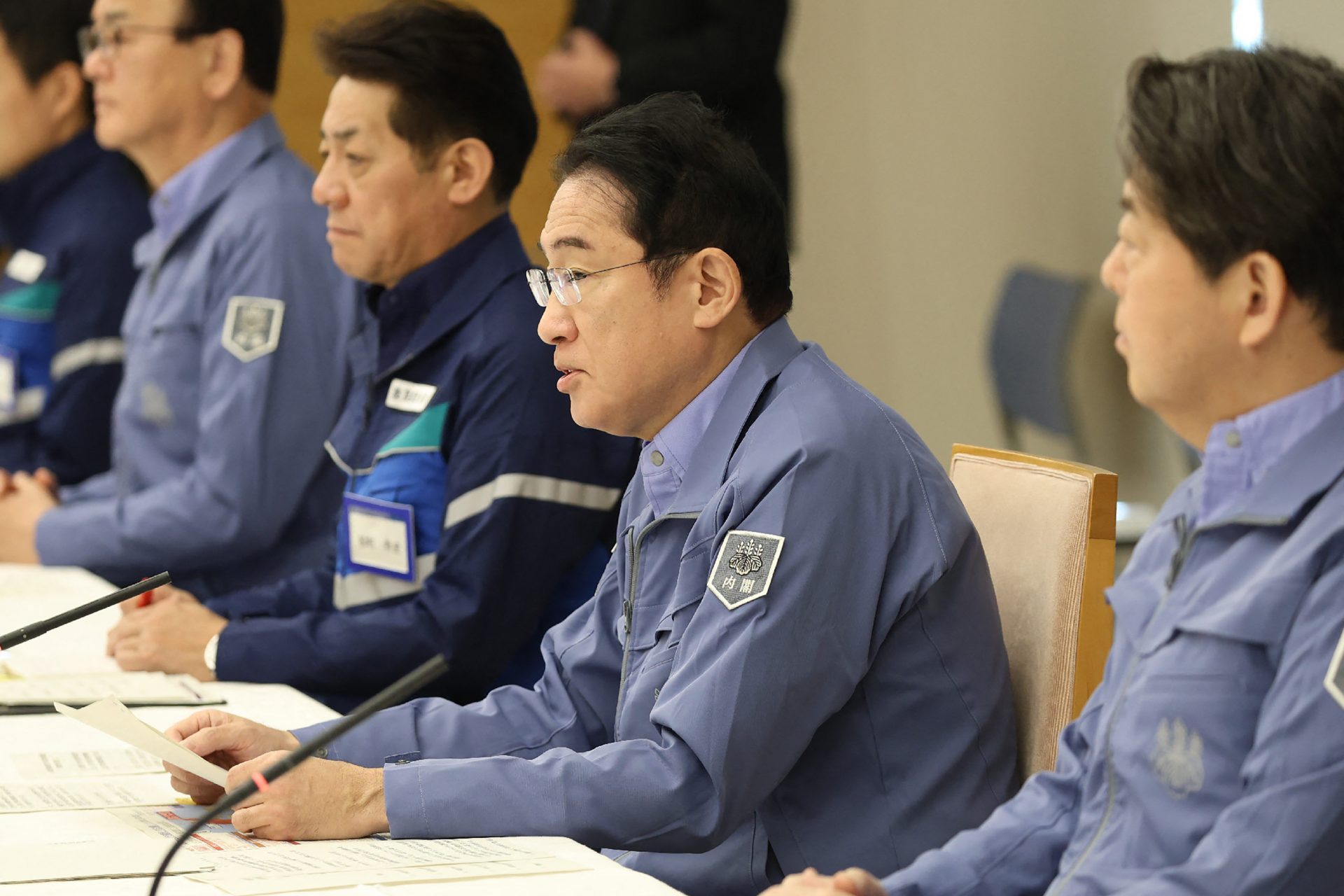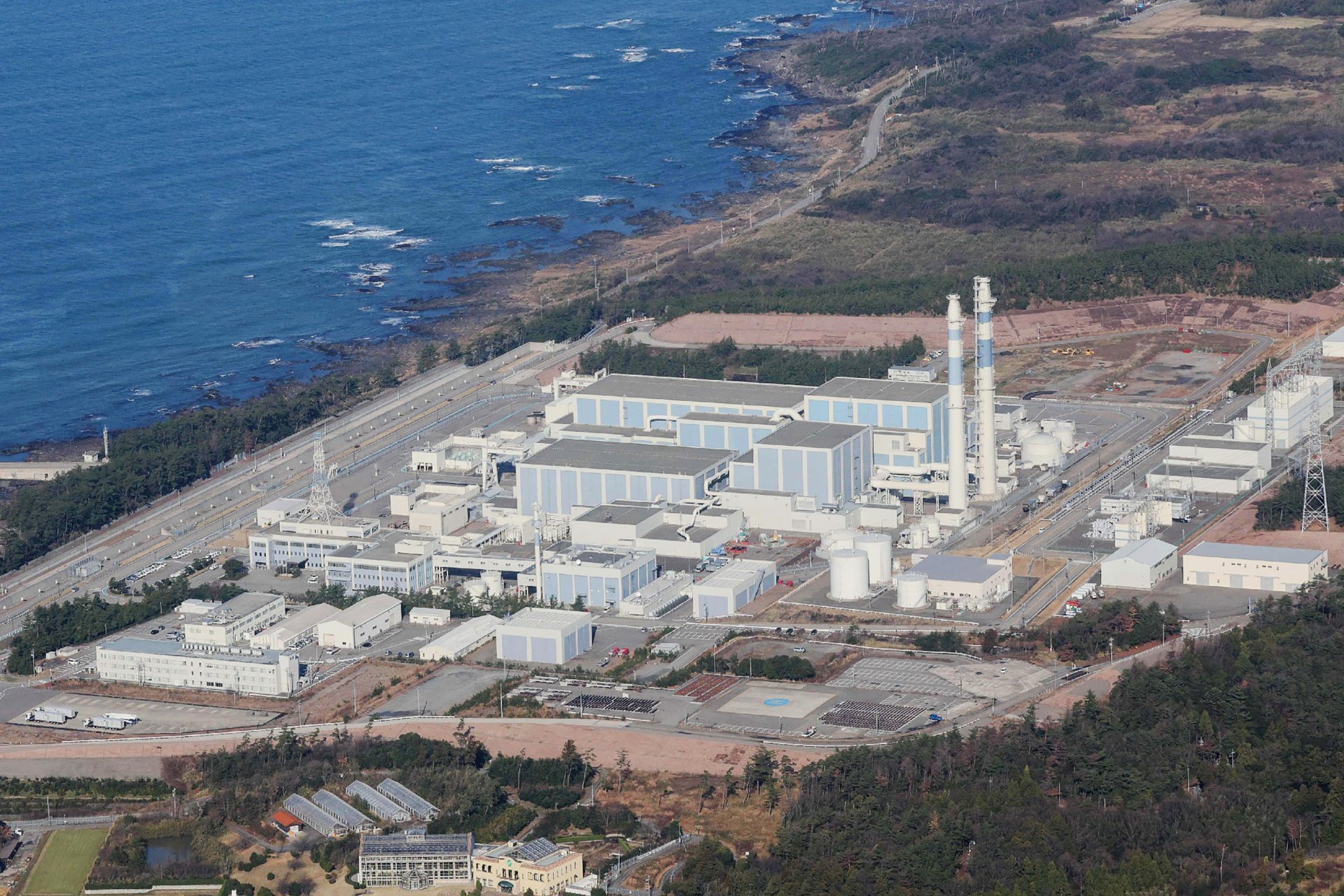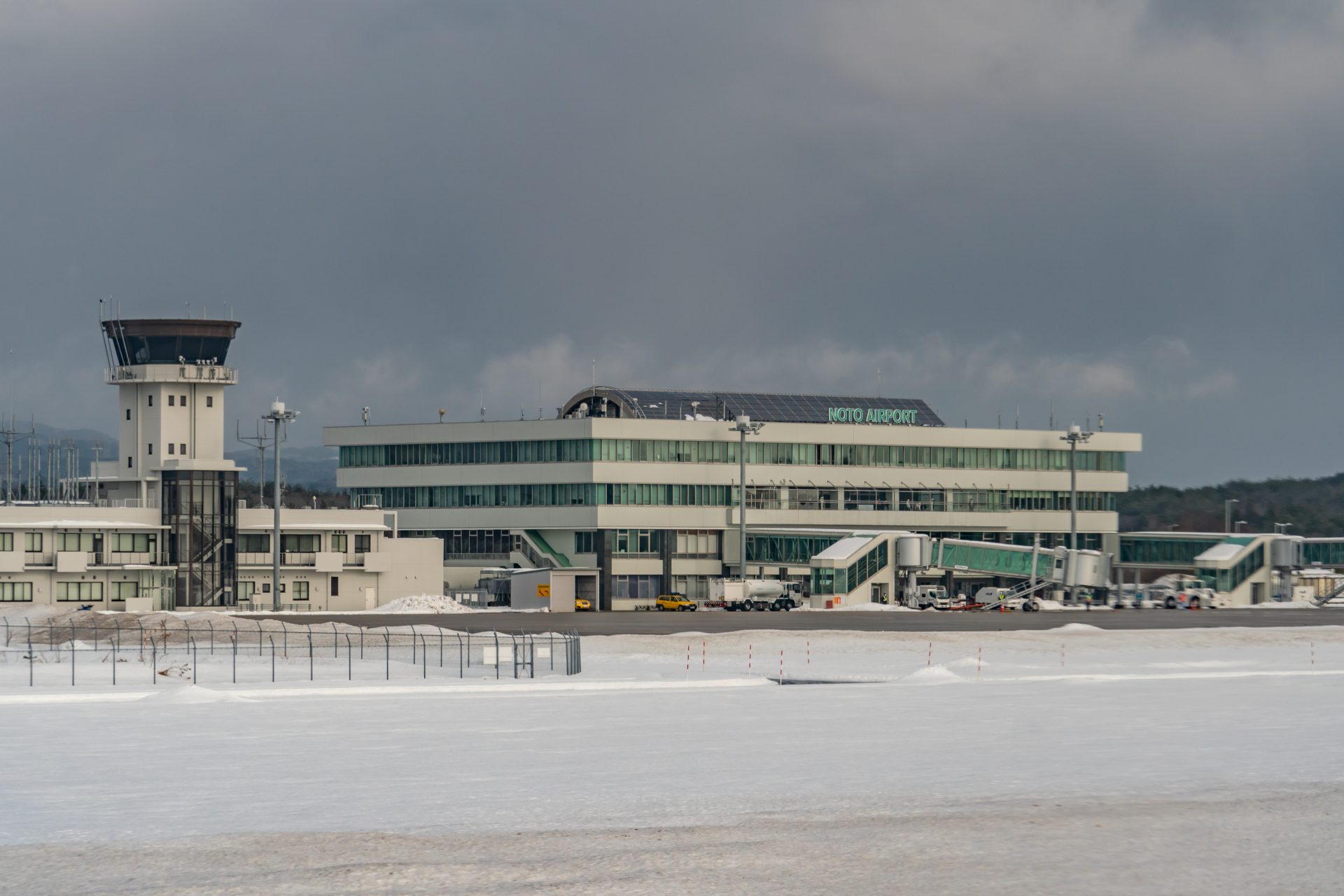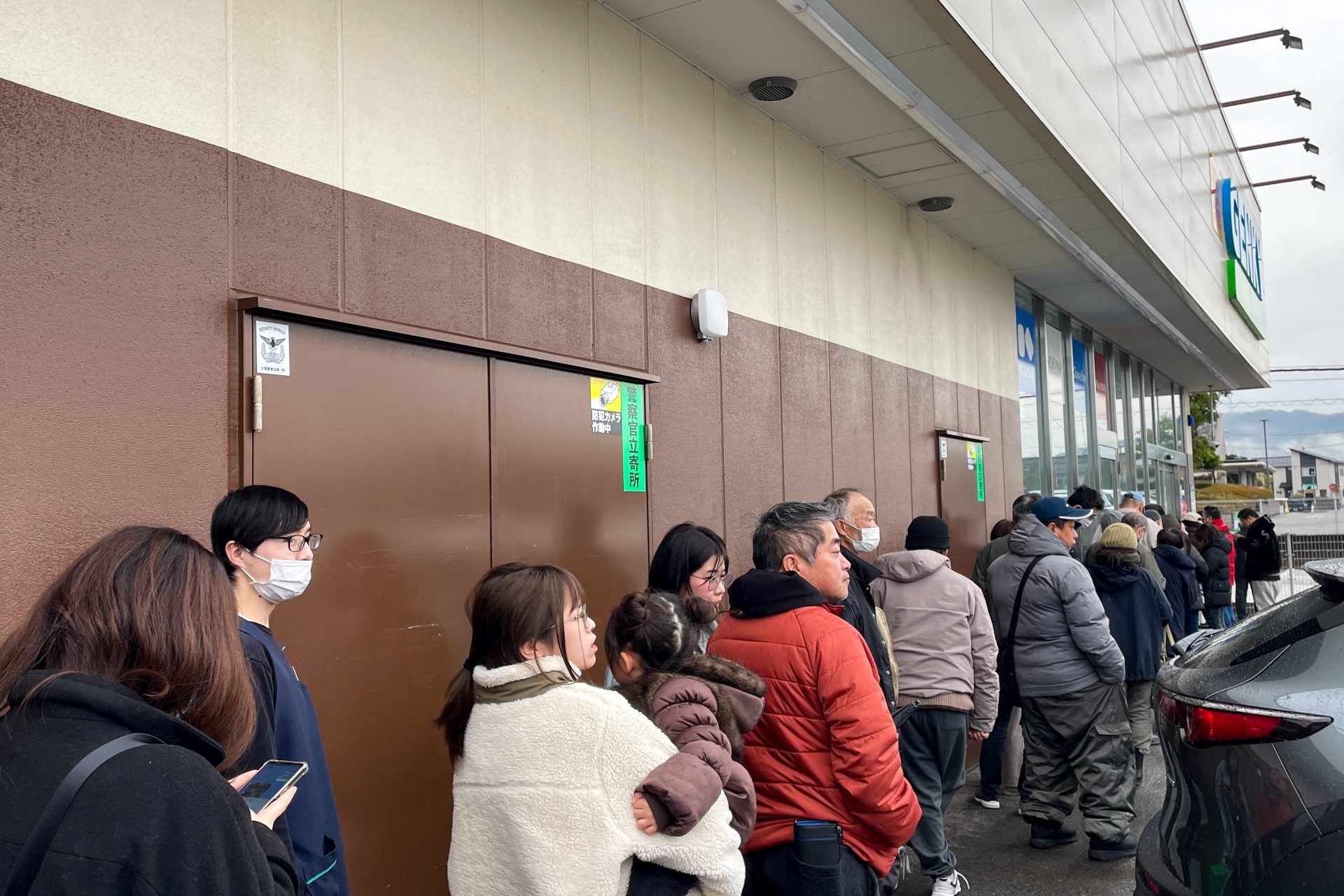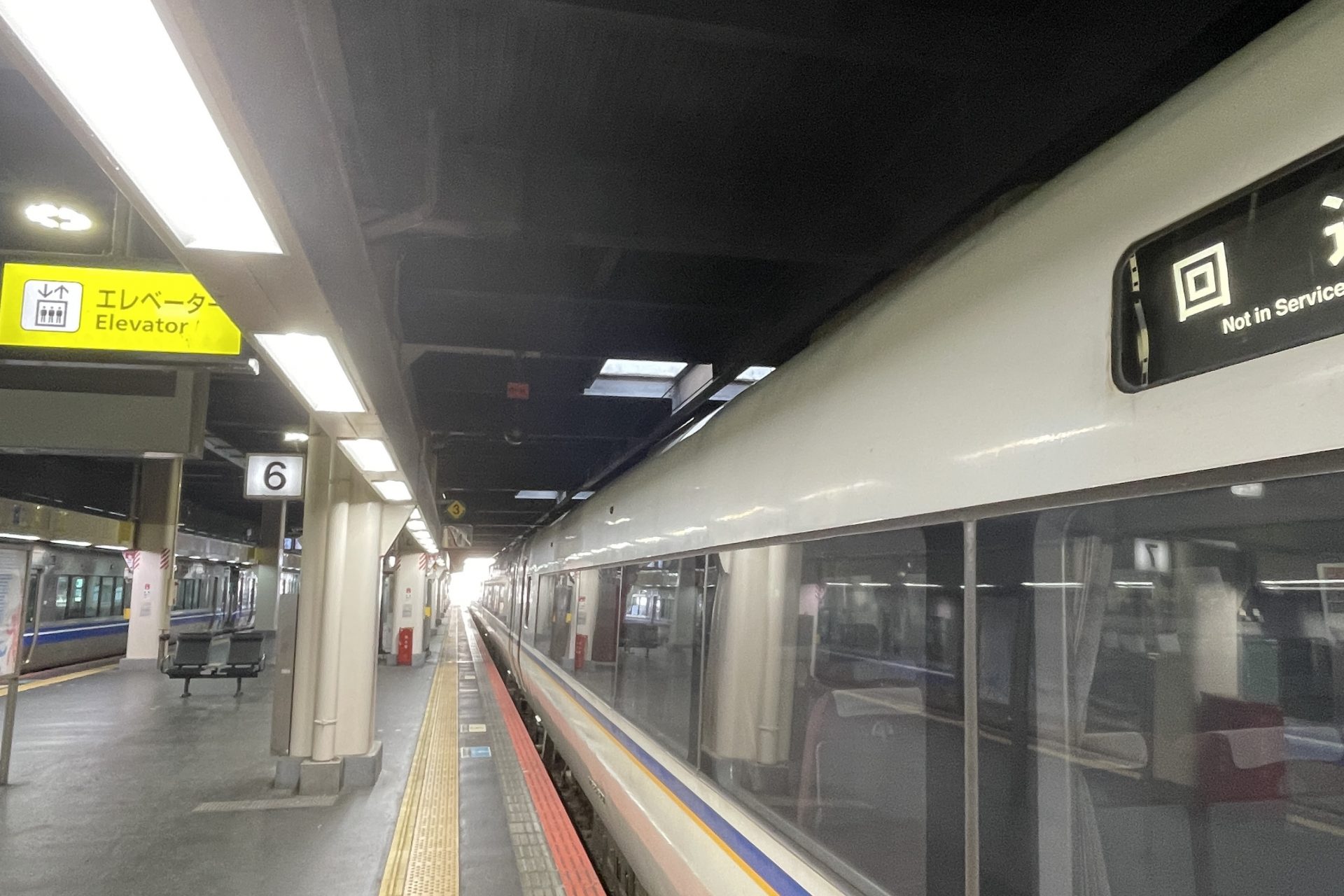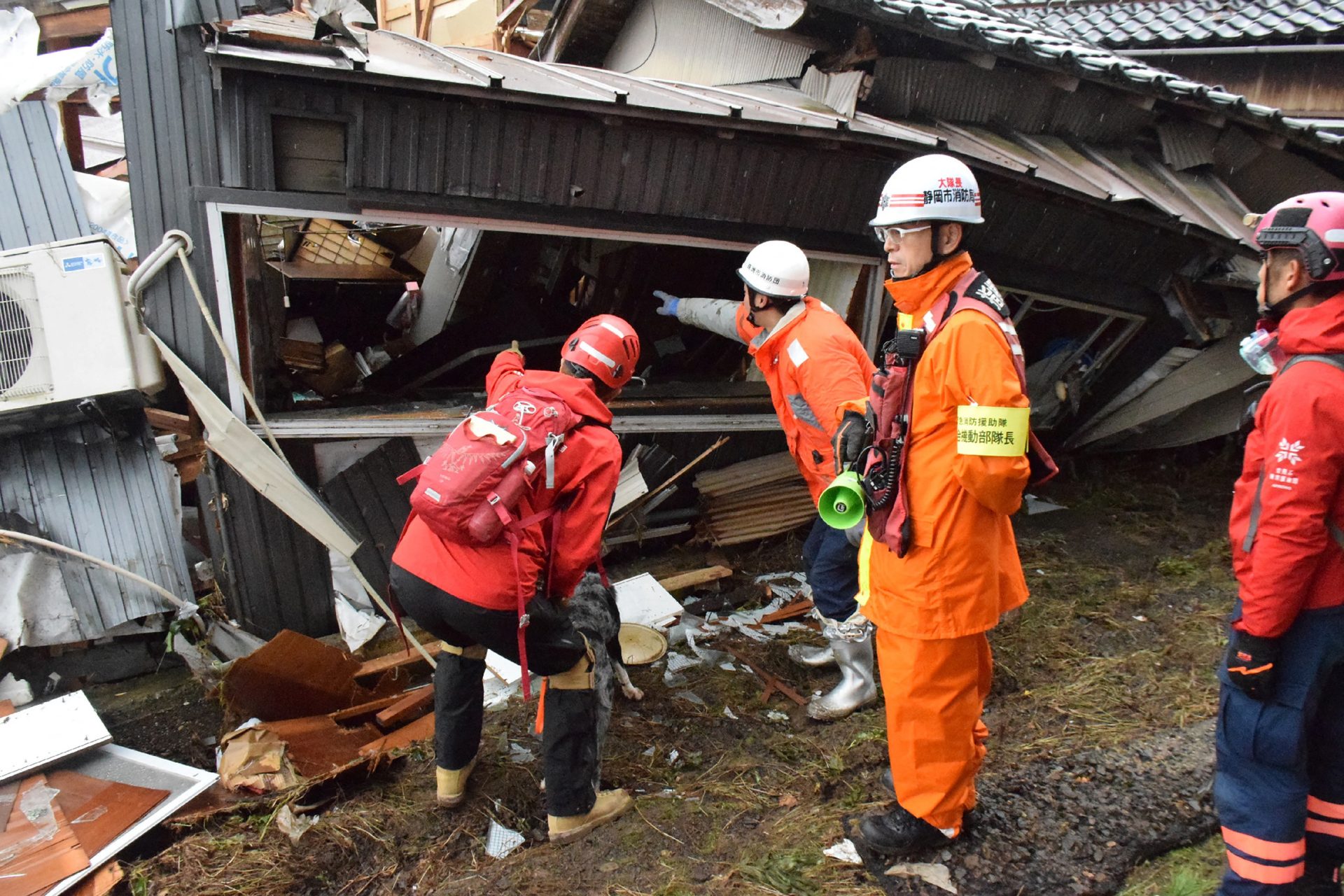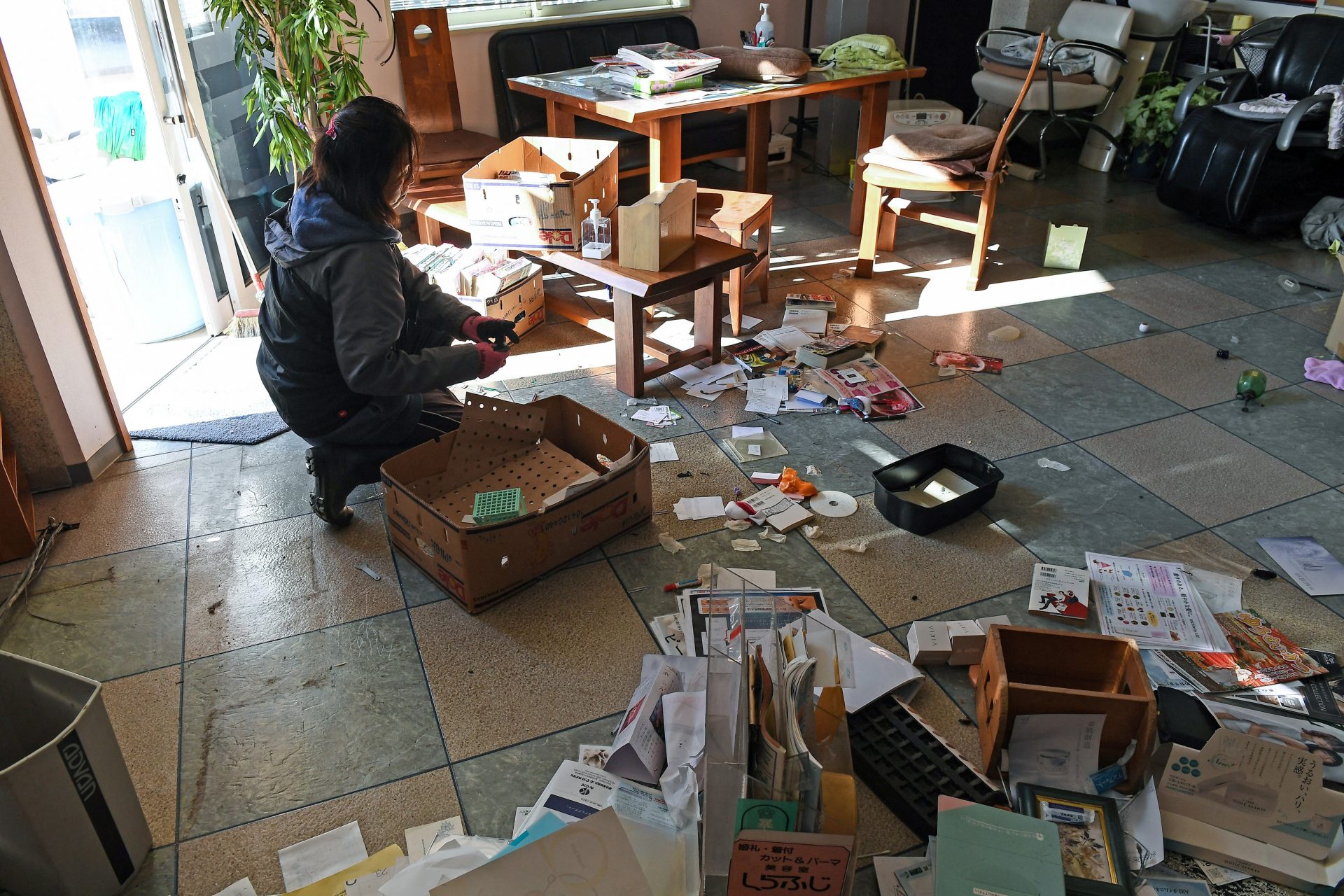In pictures: rescue missions continue in Japan after Earthquake
Residents in Japan are off to a rocky start to 2024. At 4:10 p.m. on January 1, local time, a 7.5 magnitude earthquake hit the Ishikawa Prefecture. The earthquake's epicentre was around 30 kilometres from Wajima City, roads in various parts of the Noto Peninsula collapsed, and fallen trees made it difficult to pass.
Many buildings in the city collapsed due to the intense shaking, and it appears that some people are still trapped. As reported by the BBC, many residents are believed to be still trapped under the rubble of their homes, with most cases occurring in Suzu and Wajima.
The Japanese Meteorological Agency announced that a tsunami was observed at Wajima Port in Ishikawa Prefecture due to this earthquake. A major tsunami warning was issued on January 1 and continued until 10 a.m. on January 2.
This was the first time seismic activity with a magnitude of 7.5 has been observed in Ishikawa Prefecture, and the first time a major tsunami warning has been issued since the Great East Japan Earthquake in March of 2011.
Pictured: Firefighters search for missing people at the site of a collapsed house in the city of Wajima, Ishikawa prefecture on January 4.
According to Ishikawa Prefecture, as of 11 p.m. on January 3, the number of deaths in the prefecture was at least 82. The Hokkoku Shimbun newspaper reported that a large-scale fire broke out in Wajima City, burning down about 200 buildings and toppling over a five-story building owned by Wajima Nuri Ote.
According to the Associated Press, as of January 4, more than 50 people are still missing. Here we see a rescue dog and firefighters searching for survivors among the rubble of a home in Wajima.
The Hokuriku Electric Power reported that 45,700 homes in the prefecture were without power as of 9 p.m. on January 3. In addition, 16 cities and towns in Ishikawa Prefecture experienced water outages, and countermeasures such as using well water were being taken.
Public Noto General Hospital in Nanao City, which experienced earthquakes with an intensity of 6 or above, continued to experience water outages after the earthquake, making it impossible to perform surgeries and dialysis. The hospital director told the media, "Earthquakes keep happening, things are falling off shelves, and flooding is occurring due to water leaks. First of all, we need water as soon as possible so we can perform surgeries,'' as the Japanese newspaper NHK reports.
In Ishikawa Prefecture, 129 earthquakes with a seismic intensity of 2 or higher were observed as of 6 pm on January 2, Japan time. In addition, the shaking of the earthquakes spread to the Noto Peninsula and throughout the country, with seismic intensity levels of 6+ to 1 being observed across the country from Hokkaido to the Kyushu region.
The government set up an emergency disaster response headquarters on the 2nd, and Prime Minister Kishida stated at the first meeting that "extremely large-scale damage has been confirmed, including human casualties, building collapses, and fires,'' adding, "We will do our best to carry out rescue operations."
The Nuclear Regulation Authority announced that the Hokuriku Electric Power Nuclear Power Plant in Ishikawa Prefecture has been shut down, and no abnormalities have been confirmed. Additionally, no abnormalities have been confirmed at the Kashiwazaki-Kariwa Nuclear Power Plant in Niigata Prefecture, which is close to the epicentre, and the Tsuruga Nuclear Power Plant in Fukui Prefecture.
The earthquake also affected the number of tourists returning to their hometowns at the end of the year. According to the Ministry of Land, Infrastructure, Transport and Tourism, multiple cracks approximately 10 centimeters deep and over 10 meters long were found on the runway at Noto Airport (Wajima City, Ishikawa Prefecture), which experienced a seismic intensity of 6+, and is expected to be closed until at least January 4.
Similarly, many ceilings collapsed at the Noto Airport Terminal Building, and windows were broken. Approximately 500 people, including airport users and staff, evacuated to rental cars and tour buses in the airport parking lot and were forced to spend the night taking shelter in the vehicles spent the night.
Immediately after the earthquake, a total of four Hokuriku Shinkansen metro lines were suspended between Kanazawa and Toyama. Approximately 1,400 people, including families, were forced to spend the night inside the trains. According to the Hokkoku Shimbun Digital Edition, a female passenger was just 10 minutes away from arriving in Kanazawa when the earthquake struck, and she was trapped in the train for 12 hours. Operations on all lines resumed on the afternoon of January 2nd.
The Japan Meteorological Agency is warning people to be on guard against aftershocks for a week, as even if buildings withstood the main shock, which had a magnitude of 7.5, there is a risk of collapse due to aftershocks. Public and private sectors continue working day and night to minimise earthquake damage.
In the meantime, residents are forced to keep up hope for those that are still missing and try to pick up the pieces of their lives and rebuild.
More for you
Top Stories



